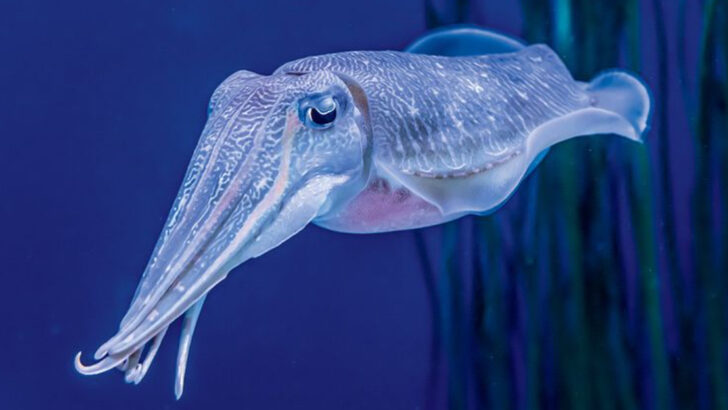This creature can vanish in plain sight, flirt with both sides of its body, and outsmart lab rats.
Meet the cuttlefish—a true master of disguise and one of the ocean’s most brilliant minds. With skin that shifts colors and textures like living camouflage, and a brain that rivals some mammals, this cephalopod is anything but ordinary.
It’s part alien, part artist, and 100% mesmerizing.
Forget what you think you know about sea creatures—cuttlefish break all the rules. From hypnotic displays to clever hunting tactics, these underwater shapeshifters are the definition of wild wonder.
Ready to rethink everything you know about life beneath the waves? Here are 13 cuttlefish facts that’ll leave you stunned, amazed, and maybe just a little obsessed.
Master of Disguise
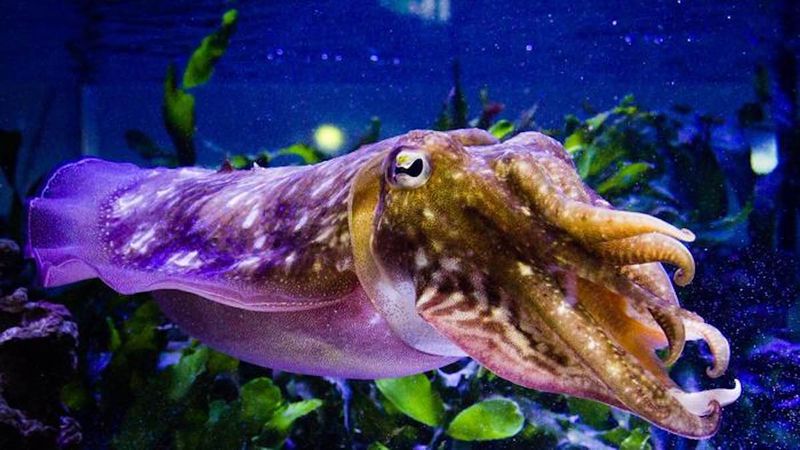
The cuttlefish is a master of disguise, capable of changing its skin color and texture in the blink of an eye. This ability helps it avoid predators and sneak up on prey.
Imagine a creature that can mimic the complex patterns of a coral reef or the sandy ocean floor effortlessly. It’s a skill that leaves scientists fascinated and predators perplexed.
Watching a cuttlefish change colors is like witnessing a living canvas in action. The speed and precision of their transformation are nothing short of magical.
Intelligent Cephalopod
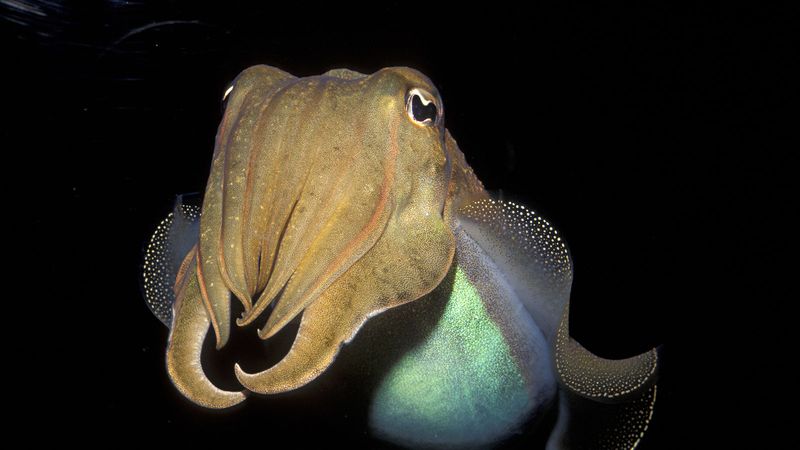
Cuttlefish are not just pretty to look at; they’re incredibly smart too. Researchers have observed them solving complex puzzles and demonstrating problem-solving skills that rival some mammals.
One study even showed that cuttlefish can remember past experiences and use this knowledge to make decisions. Their large brains and sophisticated nervous systems give them an edge in the underwater world.
The intelligence of a cuttlefish opens new doors to understanding animal cognition and the workings of the mind.
Hypnotic Hunting Technique
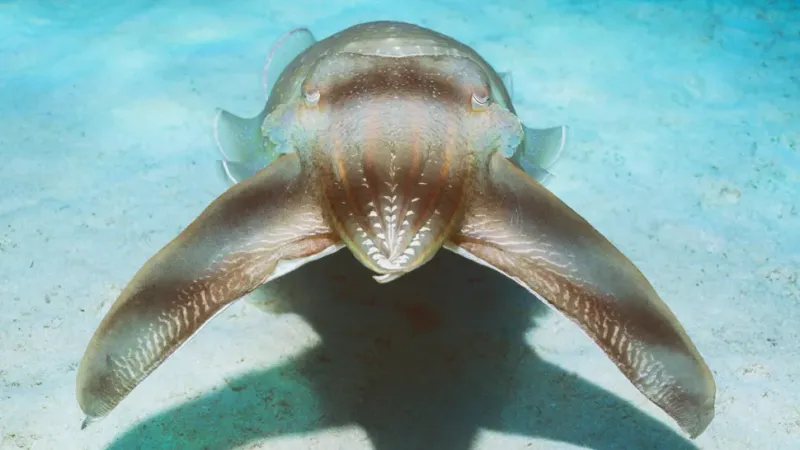
With a flair for drama, the cuttlefish hypnotizes its prey with a dazzling light show. Using its tentacles, it performs a captivating dance that entrances smaller creatures, drawing them in like moths to a flame.
This hypnotic display is both a hunting strategy and a work of art. Witnessing it is like watching a mesmerizing dance, where every move is calculated and precise. The cuttlefish’s ability to hypnotize its prey is a testament to its intelligence and adaptability in the oceanic arena.
Unique Bone Structure
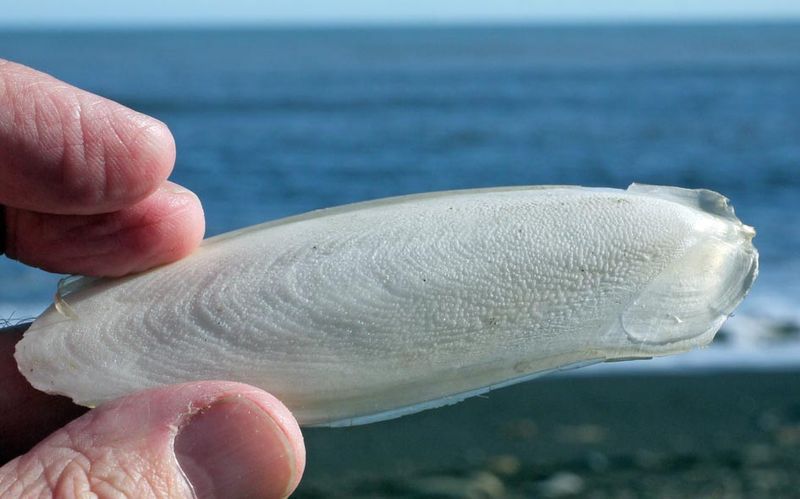
The cuttlefish’s unique bone structure, known as the cuttlebone, is a buoyancy aid that sets it apart from other cephalopods.
Composed primarily of calcium carbonate, the cuttlebone allows the cuttlefish to maintain perfect buoyancy in the water. This internal shell has chambers that can be filled with gas, enabling the cuttlefish to float effortlessly.
Collectors often seek cuttlebones for bird calcium supplements, but in the ocean, they serve as an ingenious tool for survival. It’s a remarkable example of nature’s engineering marvels.
Diverse Diet
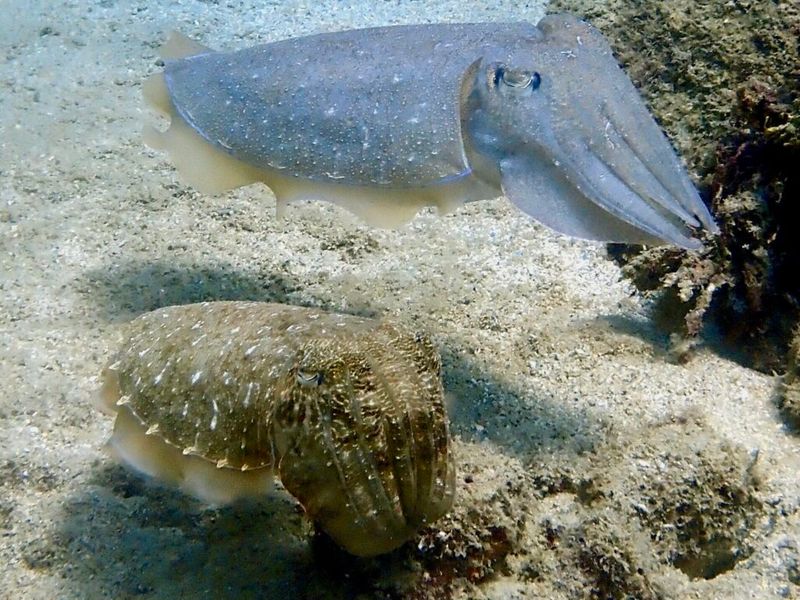
Cuttlefish have a diverse diet, eating everything from small fish to crustaceans and mollusks. This varied menu allows them to thrive in different marine environments.
Equipped with specialized feeding tentacles, they can snatch prey with lightning speed. Their ability to adapt their diet based on available resources is a testament to their evolutionary success.
Observing a cuttlefish hunt is like watching a miniature oceanic predator in action, with speed and precision that leave onlookers in awe.
Color Vision
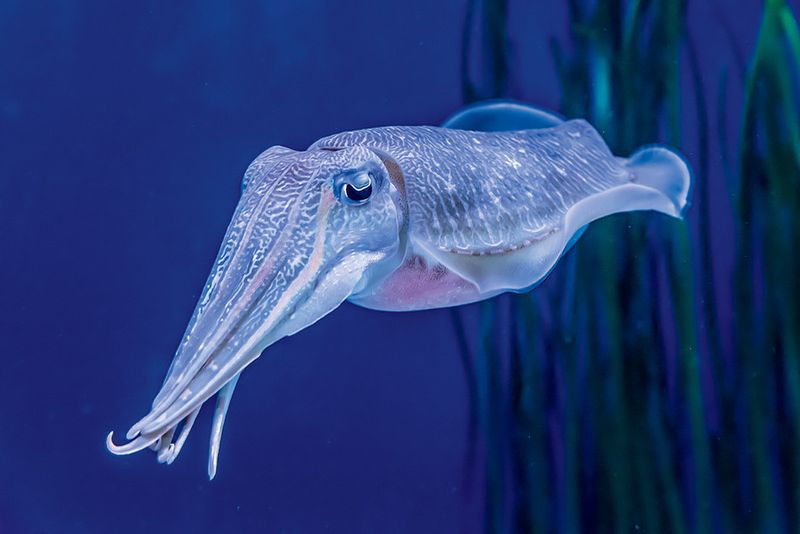
Despite their ability to change colors, cuttlefish are colorblind. This paradoxical trait is resolved by their unique pupils, which can detect polarization of light.
This ability provides them with a different kind of color vision, allowing them to perceive contrasts and patterns that are invisible to the human eye. It’s a fascinating aspect of their biology that continues to intrigue scientists.
The way cuttlefish perceive the world is a reminder of the diverse adaptations in nature’s toolbox.
Short Lifespan
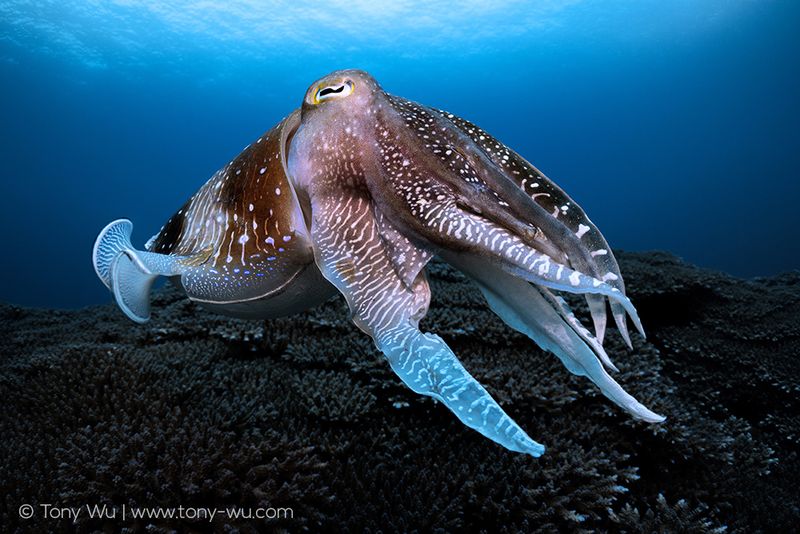
Cuttlefish live fast and die young, typically having a lifespan of just one to two years. This fleeting existence is packed with rapid growth, reproduction, and survival challenges.
Despite their short lives, cuttlefish achieve so much, leaving a lasting impact on the marine ecosystem. Their life cycle is a poignant reminder of the transient nature of life beneath the waves.
Observing their life journey offers insights into the beauty and brevity of existence in the animal kingdom.
Communicative Patterns
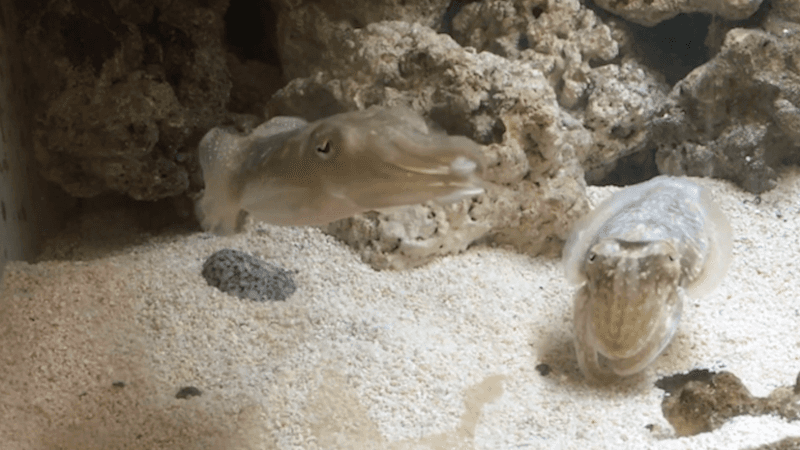
Cuttlefish are adept communicators, using an array of color patterns to convey messages. From warning signals to courtship displays, their skin serves as a dynamic canvas for expression.
Watching cuttlefish interact is like deciphering a vibrant, ever-changing language. Their ability to convey complex information through color and movement reflects their intelligence and social interactions.
The cuttlefish’s communicative prowess is a testament to the complexity of life forms that dwell beneath the ocean’s surface.
Reproduction Rituals
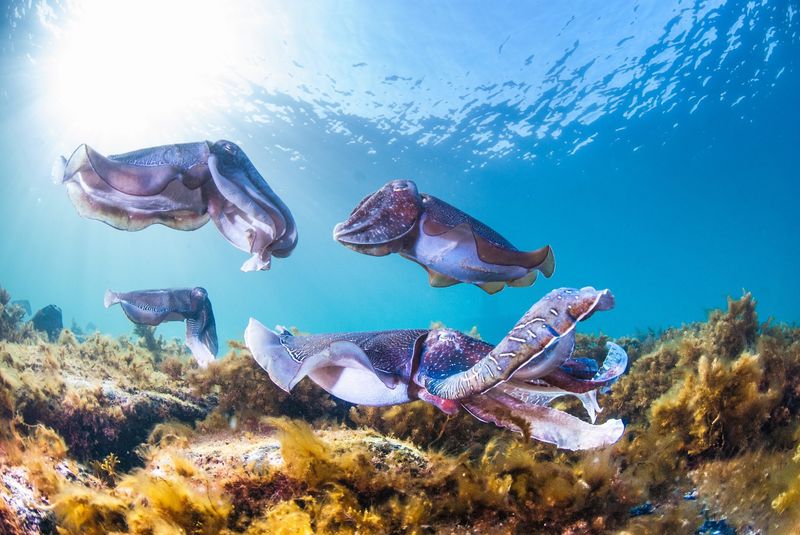
Cuttlefish have fascinating reproductive rituals, often involving elaborate courtship displays. Males compete for the attention of females with synchronized movements and vivid color changes.
The ritual can be likened to a dance, where each participant plays a role in the continuation of their species. These captivating displays showcase the passion and determination inherent in the natural world.
Observing a courtship ritual is like witnessing a beautifully choreographed oceanic ballet.
Inked Escape
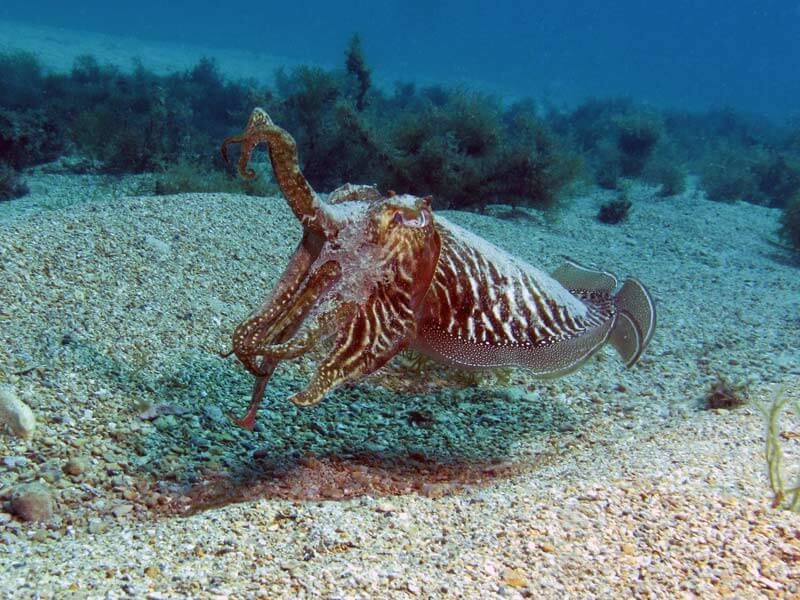
When threatened, cuttlefish employ a classic escape strategy: releasing a cloud of ink. This ink serves as both a smokescreen and a decoy, confusing predators and providing a chance to flee.
It’s an age-old technique that speaks to the resilience and adaptability of these cephalopods. The inky escape is a dramatic moment in the underwater world, showcasing the cuttlefish’s defensive ingenuity.
Witnessing this maneuver is akin to watching a magician perform a disappearing act.
Fossil Records
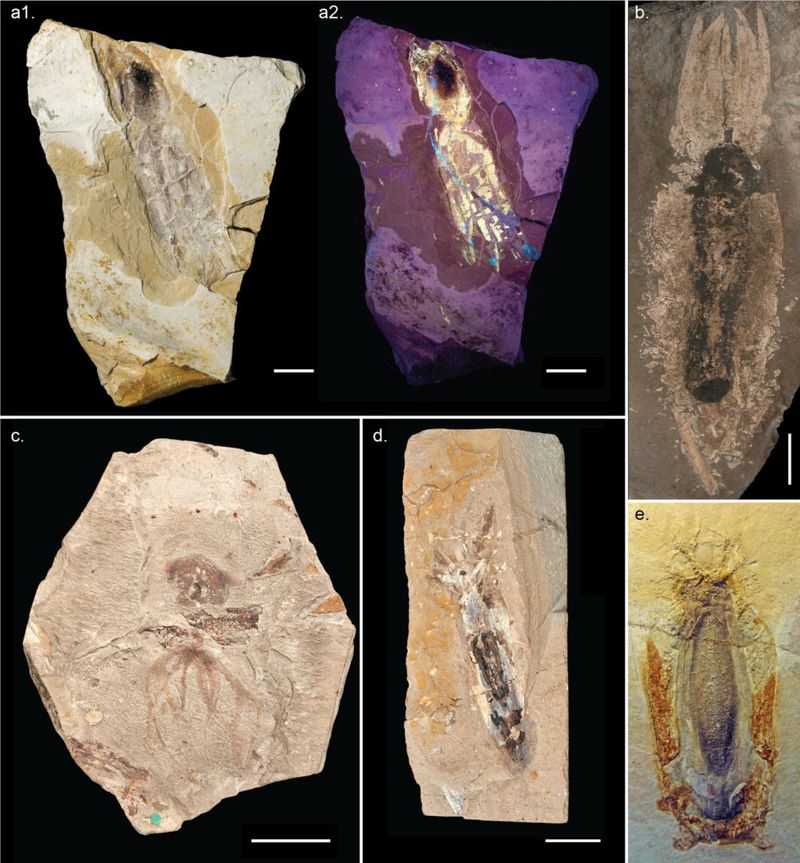
Cuttlefish have a rich evolutionary history, with fossils dating back millions of years. These ancient records provide insights into the evolution and adaptation of cephalopods.
The fossilized remains tell a story of survival and change, offering glimpses into the ancient oceans where cuttlefish ancestors thrived. The study of these fossils adds depth to our understanding of evolutionary biology and the resilience of life.
It’s a journey through time, piecing together the history of these intriguing creatures.
Cuttlefish in Culture

Cuttlefish have influenced cultures around the world, inspiring art, mythology, and cuisine. In some cultures, they are revered as symbols of transformation and adaptability.
Artistic depictions capture their beauty and mysterious allure, while culinary traditions celebrate their unique flavors. The cultural significance of cuttlefish highlights their impact beyond the ocean, weaving them into the tapestry of human expression.
Exploring these cultural connections offers a glimpse into the human fascination with the natural world.
Environmental Indicators
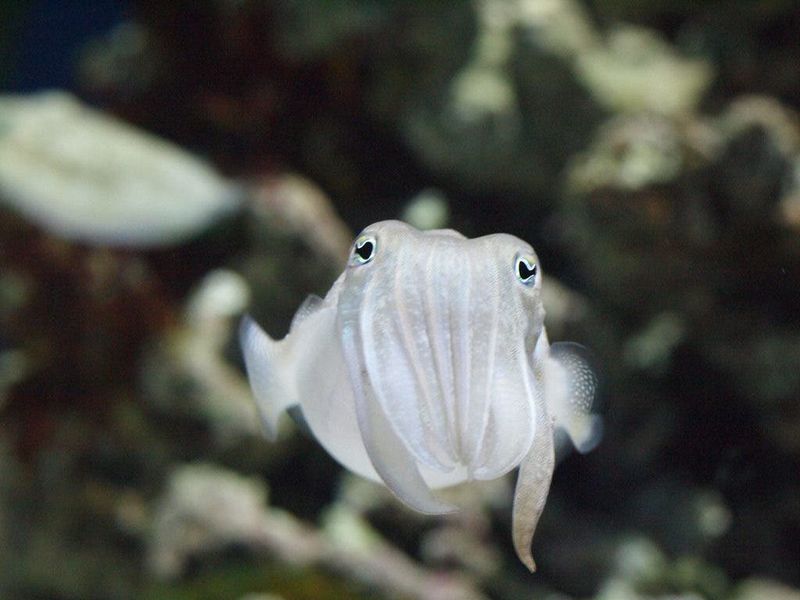
Cuttlefish are important indicators of environmental health, reflecting changes in marine ecosystems. Their presence and behavior can signal shifts in water quality and habitat conditions.
Studying cuttlefish provides valuable data for conservation efforts and understanding the impacts of climate change. Observing these cephalopods is like peering into a living barometer of oceanic health.
Their role as environmental indicators underscores the interconnectedness of life and the importance of preserving marine habitats.

